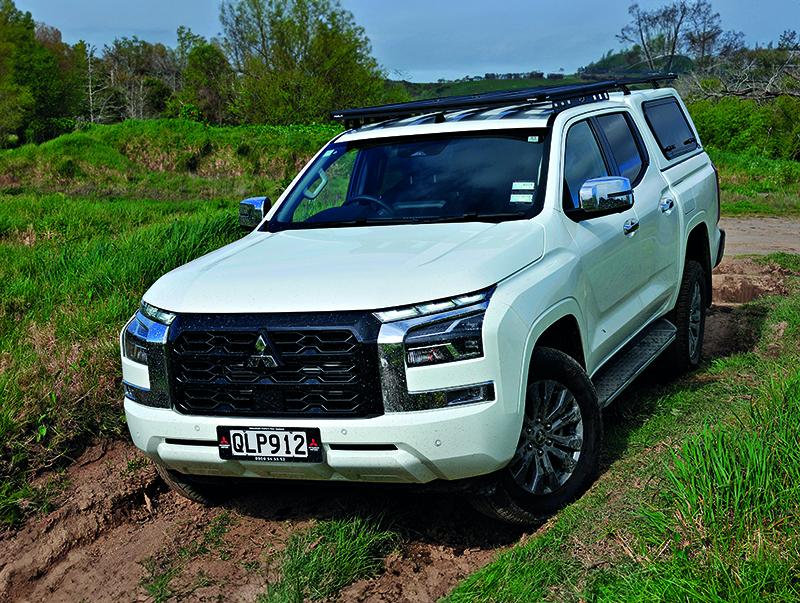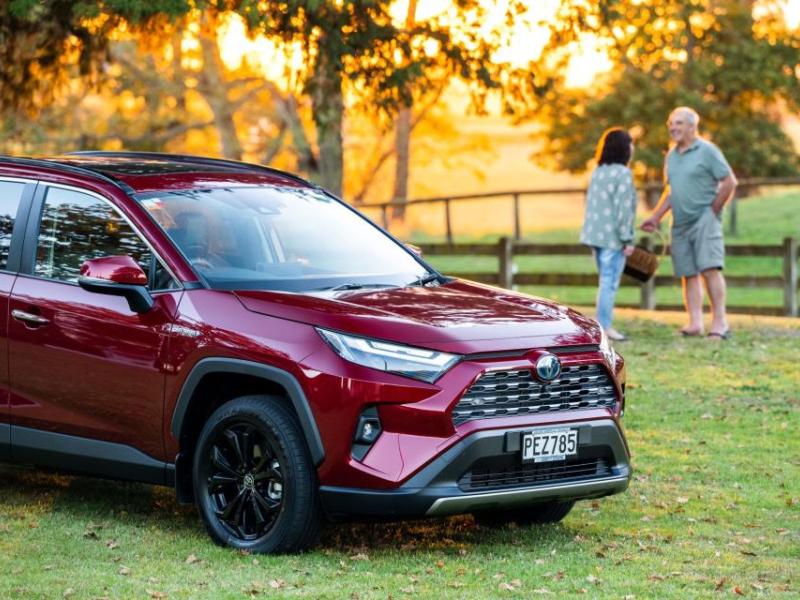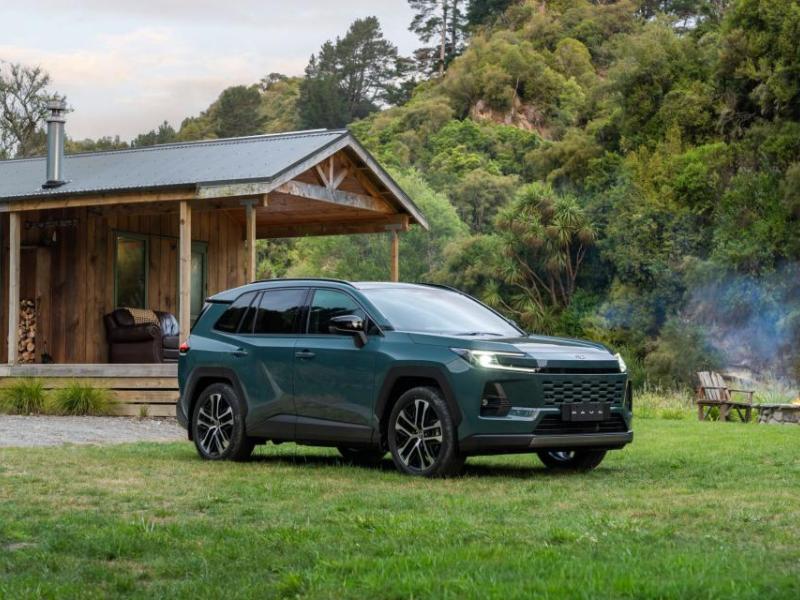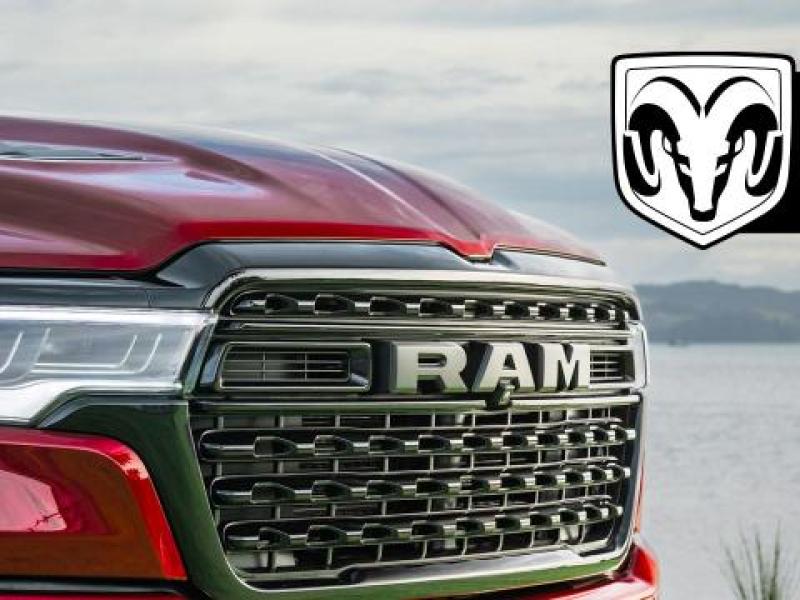It’s not often NZ4WD gets a fully loaded 4WD to test. Canopies, racks and storage systems are usually left to the aftermarket which means magazines seldom get to try out this important gear.
But this second drive of the new Mitsubishi Triton in popular GLX-R trim also comes with a serving of accessories that many 4WD users will envy.
About the truck: the Triton complies with Mitsubishi’s policy of longer model life, punctuated by regular model refreshes. This means owners of a particular version get excellent residual value, while the arrival of an all-new Triton means a significant step forward.
Combine that with Mitsubishi’s policy of loading the Triton’s standard spec sheet to the hilt and the popularity of this 4WD ute is clear. Now in its sixth generation, the Triton – or L200 as it’s known elsewhere – is marketed in nearly 150 countries and has sold a cumulative 5.6 million units worldwide since the original launched in 1978.
Mitsubishi has gone hard on capability and technology for this latest iteration, with notable gains in size, practicality, towing capacity, performance, and of course safety. A new ladder chassis has a 65 percent greater cross-sectional area than previous models, 40 percent improved bending rigidity and 60 percent improved torsional rigidity.
Which brings us to the GLX-R, our second run in the new Triton. We put the top-of-the-line VXR up against the Ford Ranger XLT at the start of the year and came away well impressed. Now, we’re looking at an accessory-loaded mainstream model that offers buyers a ute that works hard all week at building sites or on the farm, yet scrubs up nicely for weekend duties with the family.
As we found when we drove the VXR version, this new Triton is much more ‘planted’ on the road, and it takes rough, muddy stuff in its stride. This is partly thanks to a boost in width (wider track front and rear) and a longer wheelbase.
The new Triton platform’s 130mm-longer wheelbase creates a more balanced design with less rear overhang and a much more coherent profile.
Staying underneath, the whole Triton 4WD range now gets its Super Select II transmission system, allowing use of 4-hi on sealed roads. Mitsubishi was first to offer a ute 4WD system suitable for high-speed on-road use. Rivals also offer transmissions with on road 4WD capability, but not across their whole ute range.
When the rear diff lock is combined with 4-lo lock, things get serious. It’s the most aggressive transmission lock we’ve experienced in a long time and enables the truck to chew its way through the rough with minimal input from the driver.
There’s also hill descent control for dodgy downhills.
The 4WD models have seven software-controlled drive modes to choose from including Gravel, Sand and Rock, and all models have a manually engaged rear differential lock.
It’s always surprising to find 4WD utes with tow ratings less than the class-standard 3,500kg; after all, utes were born and bred to lug stuff around the country. New Triton does not disappoint, with 3,500 braked and 750kg unbraked. The larger and stronger chassis/frame is going to make big loads a calmer proposition than was the case previously. The wellside tray also hits the ‘industry standard’, longer and wider to carry a Euro pallet (1200mm x 800mm) and endowed with decent load restraint anchor points. The tray for dual cab versions has grown 35mm in length to 1555mm, with width quoted at 1545mm. It’s 526mm deep, and there’s 1135mm between the arches. A full-size spare wheel lives under the tray.
The tray load height has been lowered by 45mm to 820mm – that’s handy. Payload is more than a tonne across the board.
Powering everything except the entry-level 2WD Triton is a new twin-turbo diesel engine. Power is 150kW at 3,500rpm, up by 10 percent; torque is 470Nm between 1,599-2,750rpm by seven percent. A bi-turbo setup means power and torque curves are fatter at the low end of the rev range than previously; response off the line is strong and smooth.
The engine runs through a six-speed torque converter auto.
Fuel efficiency is officially 8.8l/100km, but on the very good ‘real time’ readout we got down to an exceptional 7.6l/100km on a motorway run. The gauge enables the driver to fine-tune throttle response with tiny adjustments, holding the 100km/h limit without knocking fuel economy. Yes, fuel did get a bit of a hammering offroad; we got brief sections where the truck went up to 9.6l/100km and a lerad foot or a beach drive could probably push it briefly over 10l/100km, but overall average fuel use of 8.8l/100km would be a doddle to maintain.
In the cabin, controls are where expected, though the start-stop button sits on a lower switch row in the centre of the dash which initially required a quick search to locate.
Mitsubishi has worked to give the cabin an SUV feel. The new three-spoke steering wheel has a pleasantly chunky rim and there’s a nine-inch tablet-style infotainment screen top and centre of the dash.
Climbing in is pretty simple, with a grab handle well placed once feet are on the side step; once seated the driving position quite commanding, 20mm higher than the previous model.
The seats themselves are wider and more supportive, taking advantage of a 50mm increase in cabin width. Parents planning to use their Triton for work and play can secure little ones using the supplied Isofix anchors and top-tether points where required.
In the back, there is very good seating for four, five at a pinch if you need. A fold-down centre armrest with cupholders is handy when only the outer seats are in use.
Though the dash is quite busy, it retains enough of the most-used functions in button form to please old-school owners.
The main drive selector is a meaty rotary dial that falls easily to hand and features RWD, 4-hi, 4-lo and ‘lock’ options for when things get challenging.
The surround camera system standard from the GLX+ grade came in handy when navigating tighter sections or driving over crests, as the Triton’s wide and bluff bonnet could limit forward visibility in these scenarios. It was just as handy reversing out of the driveway at home base.
We did toggle through various terrain modes which team with the 4WD modes to tailor the drivetrain response and electric assists to optimise the Triton for the terrain – choose from Normal, Eco, Gravel, Snow, Mud, Sand and Rock.
The GLX-R arrived with an accessory package that would be a dream set-up for tradies, on-site service companies and rural contractors. A Crown canopy with asymmetric side windows ‘bar’ rack on top, side racking inside and dual roll-out locking drawers running the full length on the wellside. There was also a towbar to maximise the utility of this utility.
The package does make its presence felt in acceleration, braking and cornering, but for those who need the gear, it’s well worth it.
The old Triton has always driven well, but the new one must prove itself against some advanced segment leaders.
We took the Triton through trails that ranged from mild to more challenging dips and climbs featuring dirt, sand and some pretty rocky beach sections as well. We also ran it through our favourite mud and hole track down beside the Waikato River.
We tested out the high-spec Triton’s Super Select II 4WD system with various modes, and just general grip, clearance and articulation.
A word about the tyres. When we tested the VRX we were slightly surprised at the offroad performance of its Maxxis tyres. Once again, the GLX-R arrived on Maxxis treads, and once again it impressed. They are called an A/T but in tread design they tend toward the urban end of the A/T spectrum. So on-road, they are quiet and grippy. On dirt, they grip and go. We did clog up the tread in our favourite Waikato muddy bits but the tyres self-cleaned as they went, maintaining forward progress.
Touring on tarmac was restful. We are finally surrendering to active/adaptive cruise control, which is now advanced enough to be a real boon on longer drives. It’s standard across the Triton range and is self-cancelling below 25km/h.
Perhaps not so much fun is the driver awareness system. A small camera mounted on the steering wheel column monitors the driver’s head position and chimes an alert if it detects the driver’s head is not pointed straight ahead. Thanks to ANCAP and other safety authorities, these systems default in the ‘on’ position. If the driver so much as scratches their nose: bong, flash! The driver distraction system kicks off.
That’s fine on the motorway, but it went off on the Greenlane roundabout during one drive and was chiming constantly on a couple of twisty gravel roads where we were looking across a tight corner to see where we were going. Even when it was temporarily deleted using the main menu for a particularly gnarly track, we had to dive into the menu again each time we stopped and reset it to the ‘off’ position before driving away.
That’s progress, they reckon.
Lane departure warnings and other safety assists were less intrusive, with visual warnings and gentle pressure on the steering to centre the truck in its lane.
In summary, buyers looking for a ute that arrives fitted out with cargo/tool storage gear to suit weekday tradie work should be taking a close look at the kitted-out Triton – even more so because it makes the fit-out a one-stop, box ticking process at the time of purchase. Canopy, lock-boxes, bar rack and full cab roof rack – or any mix and match combo to suit the intended use.
Mitsubishi also has a ‘freebie’ offer on Triton at the moment, $2,600 worth of gear to spice up the ride. The ‘Beast Pack’ includes a fitted tow bar, a deck liner and floor mats.
At the current retail price, that makes the Triton a very persuasive purchase argument, with or without the extra-cost cargo and tool storage accessories.







